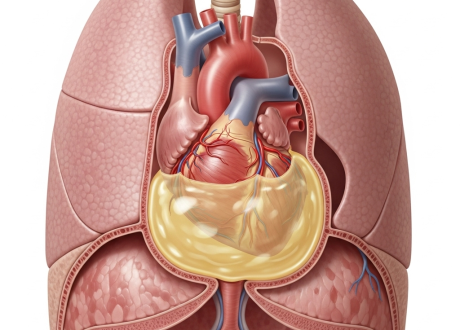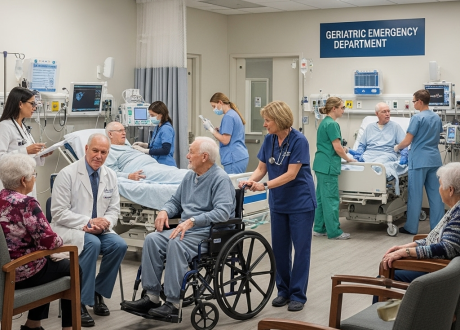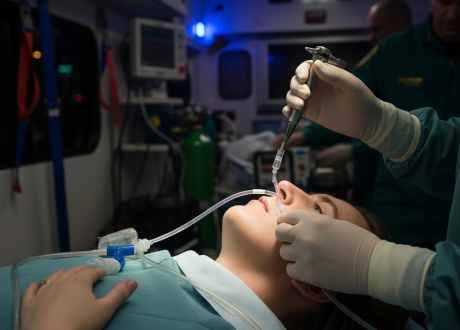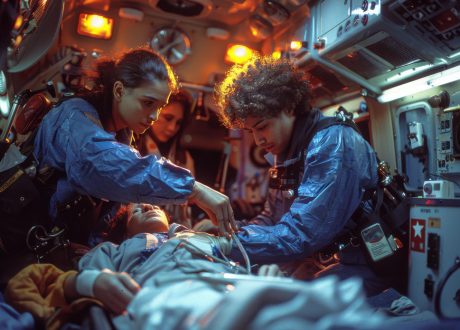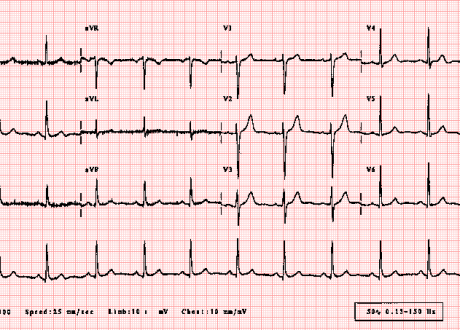Samantha Davis,Alexander Olaussen,Kelly-Ann Bowles,Brendan Shannon,
Abstract
Femur shaft and neck of femur (NOF) fractures are often undertreated in the prehospital setting. These injuries can present unique clinical and logistical concerns in the prehospital setting. This systematic review aimed to investigate paramedic prehospital pain management of patients who had suffered NOF or femur fractures, and to investigate which interventions are effective. A systematic review was conducted in line with Preferred Reporting Item for Systematic Reviews and Meta-Analyses guidelines. Four databases were searched from inception date 23 March 2020. Articles were independently reviewed by two authors and conflicts resolved by a third author, followed by a hand search of the included reference lists. References were included if they addressed paramedic interventions for NOF or femur shaft fractures. Outcomes of interest were the effectiveness and complications of different modalities administered by paramedics. The search yielded 6868 articles, of which 19 met the final inclusion criteria. Studies investigated a variety of interventions including traction splints, intravenous (IV) analgesia and alternative analgesic options. Traction splinting and IV analgesia were consistently reported as underutilised. Alternative analgesics such as auricular acupressure, transcutaneous electrical nerve stimulation (TENS) and fascia iliaca compartment block were found to be effective techniques that could be safely and competently employed by paramedics, reducing pain for patients with limited adverse events. NOF and femur shaft fractures are an undertreated injury in the prehospital setting. Traction splinting and IV analgesia remain the traditional methodologies of treatment for these injuries; however, there are alternatives such as TENS, auricular acupressure and fascia iliaca compartment block that appear to be emerging as safe and effective options for the prehospital setting.
Key findings
Traction splints and intravenous analgesia are often underutilised in the prehospital setting for femur injuries.
Auricular acupressure and transcutaneous electrical nerve stimulation provided a safe and non-invasive form of analgesia based on reported patient pain scores, with no adverse events.
Fascia iliaca compartment block performed by paramedics in the prehospital setting appears to be a safe and effective interv


